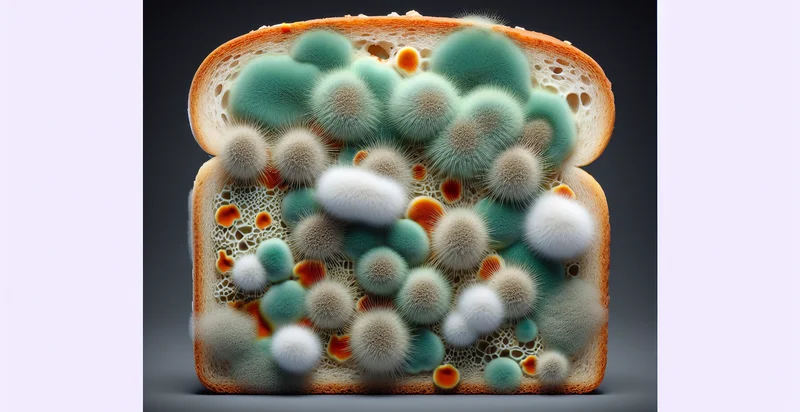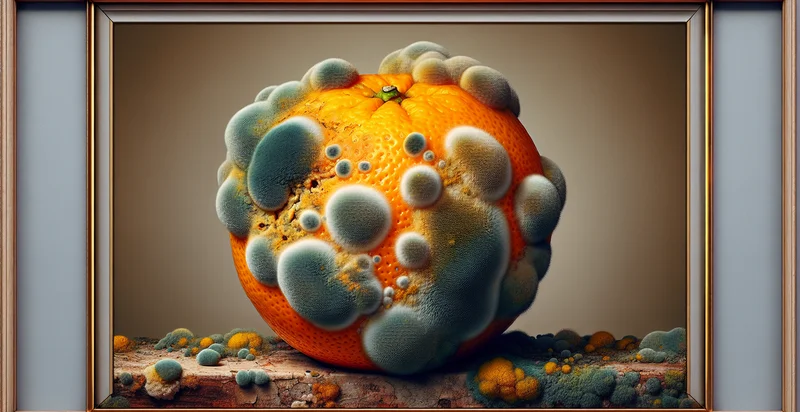Identify if there's mold
using AI
Below is a free classifier to identify if there's mold. Just upload your image, and our AI will predict if there's mold - in just seconds.

Contact us for API access
Or, use Nyckel to build highly-accurate custom classifiers in just minutes. No PhD required.
Get started
import nyckel
credentials = nyckel.Credentials("YOUR_CLIENT_ID", "YOUR_CLIENT_SECRET")
nyckel.invoke("if-there's-mold", "your_image_url", credentials)
fetch('https://www.nyckel.com/v1/functions/if-there's-mold/invoke', {
method: 'POST',
headers: {
'Authorization': 'Bearer ' + 'YOUR_BEARER_TOKEN',
'Content-Type': 'application/json',
},
body: JSON.stringify(
{"data": "your_image_url"}
)
})
.then(response => response.json())
.then(data => console.log(data));
curl -X POST \
-H "Content-Type: application/json" \
-H "Authorization: Bearer YOUR_BEARER_TOKEN" \
-d '{"data": "your_image_url"}' \
https://www.nyckel.com/v1/functions/if-there's-mold/invoke
How this classifier works
To start, upload your image. Our AI tool will then predict if there's mold.
This pretrained image model uses a Nyckel-created dataset and has 2 labels, including Mold Present and No Mold.
We'll also show a confidence score (the higher the number, the more confident the AI model is around if there's mold).
Whether you're just curious or building if there's mold detection into your application, we hope our classifier proves helpful.
Recommended Classifiers
Need to identify if there's mold at scale?
Get API or Zapier access to this classifier for free. It's perfect for:
- Property Inspection: Real estate agents and property inspectors can utilize the 'if there's mold' identifier during property showings to quickly assess mold presence in homes. This can enhance transparency for buyers and streamline the inspection process, potentially reducing the risk of post-purchase disputes over hidden mold issues.
- Insurance Claims: Insurance adjusters can use the mold identification function to assess damage and validate claims more efficiently. By analyzing images of affected properties, they can determine the extent of mold growth and expedite the claims process for homeowners experiencing mold-related damage.
- Indoor Air Quality Monitoring: Facility managers can incorporate this tool as part of their indoor air quality monitoring systems. By routinely checking for mold, they can ensure a healthier environment for tenants and employees, reducing health-related absenteeism and maintaining compliance with safety regulations.
- Mold Remediation Services: Mold remediation companies can leverage the identification technology to provide their clients with a detailed analysis of mold locations and severity before and after treatment. This can help improve service quality, enhance client trust, and facilitate more targeted remediation strategies.
- Homeowner Awareness: Homeowners can use the mold identifier as a diagnostic tool to monitor their living spaces proactively. Equipped with this information, they can promptly address mold issues, potentially saving costs on extensive repairs and promoting a healthier living environment.
- Real Estate Value Assessment: Appraisers and real estate professionals can integrate the mold detection technology into property evaluations to assess potential property value decrease due to mold issues. This data can inform buyers, sellers, and investors about the condition of a property before any transaction takes place.
- Public Health Monitoring: Public health agencies can deploy the mold identification technology in at-risk communities to monitor mold presence in public buildings and homes. This can aid in early detection of mold-related health risks and guide policy development aimed at improving public health standards.


